Navratri is one of the most widely celebrated and revered Hindu festivals. Marking a time of deep spiritual awakening and devotion to the divine feminine. Rooted in ancient traditions, this nine-night festival honors Goddess Durga, the embodiment of strength and victory over evil. For Hindus across the world, Navratri symbolizes the triumph of good over evil. The rejuvenation of spiritual energy, and a time of self-reflection.
During Navratri, devotees engage in fasting, prayer, and celebrations, paying homage to various forms of Goddess Durga. The festival is also closely associated with Lord Ganesh and Lord Shiva. Reflecting the deep interconnectedness of Hindu deities and the spiritual principles they represent.
Whether you’re a devout follower or someone curious about Hindu culture. Understanding Navratri offers an opportunity to explore the profound spiritual energy that radiates during this sacred time.
The Origins and Significance of Navratri
Navratri, derived from Sanskrit, means “nine nights” (Nava = nine, Ratri = nights). The festival is believed to have its roots in ancient Hindu scriptures and the timeless battles between good and evil. According to Hindu mythology, Navratri commemorates the victory of Goddess Durga over the demon Mahishasura, symbolizing the eradication of darkness and the emergence of divine light.
This sacred period is a spiritual journey for devotees. Each night of Navratri celebrates a different form of Goddess Durga, with each form representing a different aspect of existence – from physical strength to emotional resilience to intellectual wisdom. Throughout the festival, devotees seek blessings for protection, prosperity, and purification.
The Spiritual Essence of Navratri
At its core, Navratri is a time of intense spiritual renewal. It is not just about rituals but about reconnecting with the divine energies within oneself. During these nine nights, devotees perform rituals and fasting to purify their minds and bodies, creating a fertile space for spiritual growth.
One unique feature of Navratri is the concept of “sattva,” or purity. The practice of fasting during the festival is aimed at eliminating tamasic (destructive) and rajasic (overactive) energies, replacing them with sattvic (pure) energies. This purification process allows individuals to channel divine energy and seek inner peace.
To deepen this connection, devotees often wear spiritually charged accessories such as Rudraksha beads, malas, or specific gemstones. These accessories, available at spiritualguru.lk, are believed to enhance one’s energy and alignment with divine forces. Making them popular choices during Navratri.
Navratri and Its Connection to Lord Ganesh and Lord Shiva
While Navratri primarily focuses on Goddess Durga, it also carries a deeper connection to Lord Ganesh and Lord Shiva. Before beginning any auspicious event in Hinduism, Lord Ganesh is invoked as the remover of obstacles. During Navratri, devotees first seek the blessings of Ganesh to clear the path for uninterrupted worship.
Lord Shiva, the cosmic yogi and the embodiment of destruction and regeneration, is also intricately linked to the festival. Shiva is considered the supreme consciousness that awakens through the prayers and meditations performed during Navratri. His meditative energy guides devotees toward self-realization and the dissolution of negative tendencies.
This trinity of divine energies – Durga (Shakti or power), Ganesh (wisdom and clarity), and Shiva (consciousness) – form the pillars of Hindu worship, and Navratri becomes the perfect platform for devotees to access these powerful forces.
The Rituals of Navratri Fasting, Prayer, and Dance
The rituals observed during Navratri are diverse and vary across regions. But they all share a common goal: to honor the Goddess and elevate one’s spiritual consciousness.
- Fasting: Many devotees observe fasts during Navratri as a means of purifying their bodies and minds. The fasts can range from complete abstinence to consuming simple, sattvic foods like fruits and milk. This physical discipline is seen as a way to align the body with higher spiritual frequencies.
- Prayers and Offerings: Each day of Navratri is dedicated to a different form of Goddess Durga, such as Shailaputri, Brahmacharini, Chandraghanta, and so on. Devotees chant mantras, offer flowers, and perform aarti (light offering) to honor these manifestations. The chanting of Durga Saptashati, a sacred scripture recounting the triumphs of Durga, is a common practice during Navratri.
- Garba and Dandiya: In many parts of India, Navratri is synonymous with vibrant dances such as Garba and Dandiya. These rhythmic dances are not only a form of celebration but also a form of devotion. Where participants lose themselves in the joy of dancing for the divine.
Navratri Across World Diverse Yet United
Navratri takes on unique forms across India, reflecting the country’s rich cultural diversity. In Gujarat, the festival is synonymous with Garba nights and colorful Dandiya dances, where communities come together to celebrate the goddess. In West Bengal, Navratri coincides with Durga Puja, a massive celebration where intricately crafted idols of Durga are worshipped before being immersed in rivers.
In the southern states, especially in Tamil Nadu and Karnataka, homes are decorated with “Golu” dolls, and families invite friends and relatives to witness the doll displays. In Maharashtra, Navratri is celebrated with fasting, devotional singing, and cultural events.
Despite the differences in celebration styles, the underlying essence of devotion and reverence for the goddess unites all Hindus during this festival.
Navratri and Its Relevance in Modern Times
In today’s fast-paced world, Navratri remains a period of deep significance. It serves as a reminder for individuals to slow down, reflect, and reconnect with their inner selves. Amidst the hustle and bustle of life, Navratri offers a time for self-discipline, community bonding, and spiritual growth.
Many modern-day spiritual practitioners use Navratri as a time to cleanse their energy, focus on mental clarity, and set positive intentions for the coming months. The festival encourages mindfulness and serves as a reset button for those seeking balance in their lives.
If you’re looking to deepen your spiritual practice, wearing Rudraksha beads or malas during Navratri can enhance your meditation sessions. These spiritually significant accessories are available for purchase at spiritualguru.lk. Where you can find a curated selection of items designed to support your spiritual journey.
The Divine Dance of Navratri
Navratri is more than just a festival; it is a spiritual journey that reconnects individuals with divine energies and ancient traditions. From fasting and prayers to dances and cultural expressions. Navratri offers a unique opportunity to step away from the mundane and embrace the sacred.
As you immerse yourself in the colors, sounds, and energies of Navratri. Remember that the true essence of the festival lies in spiritual awakening and transformation. It’s a time to honor the divine feminine, seek inner strength, and invite positive changes into your life.
Explore the spiritual power of Navratri, and don’t forget to enhance your experience by wearing spiritual accessories like Rudraksha beads or gemstones from spiritualguru.lk, ensuring you are aligned with the highest energies during this auspicious time.
By connecting ancient traditions to modern spirituality, Navratri continues to inspire millions. Whether you’re fasting, dancing, or simply observing, may the divine energy of the goddess bless you with peace, prosperity, and spiritual growth.

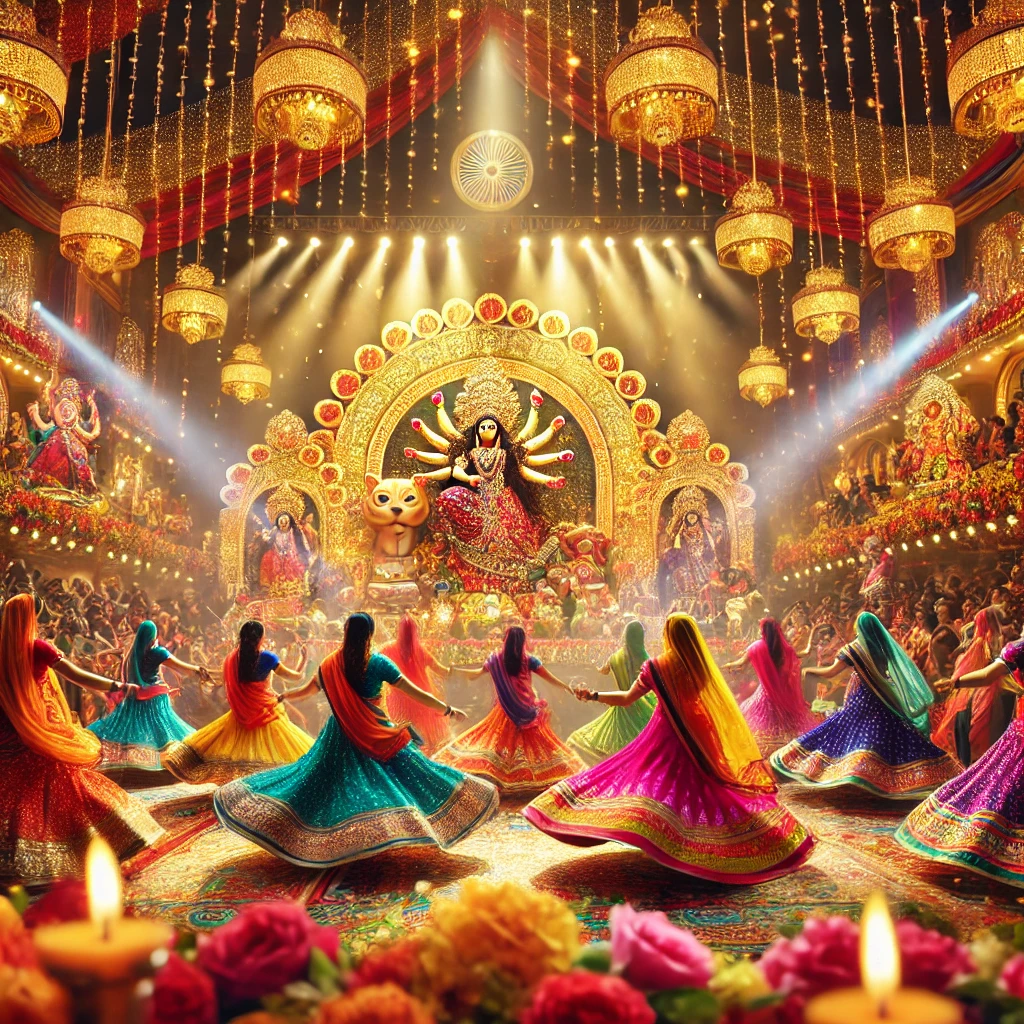
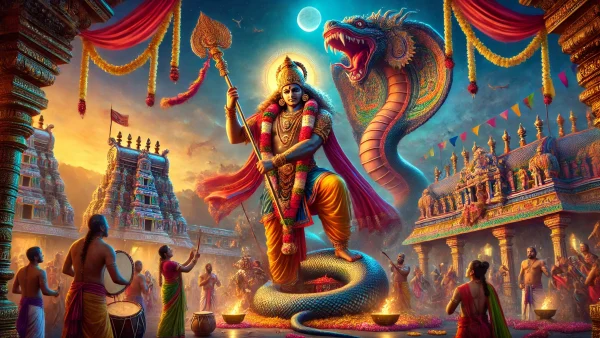
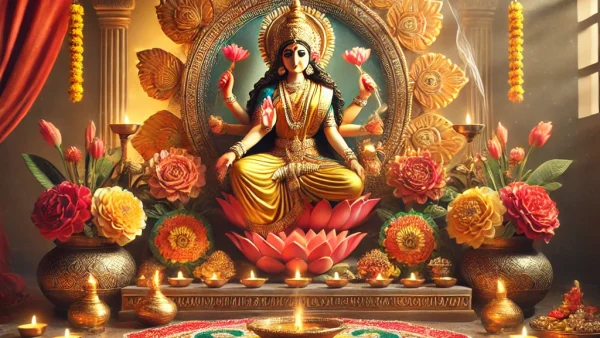
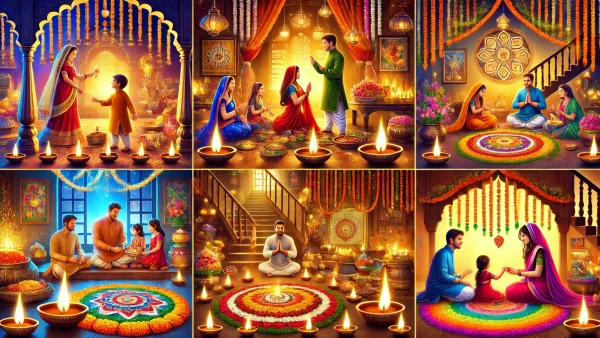
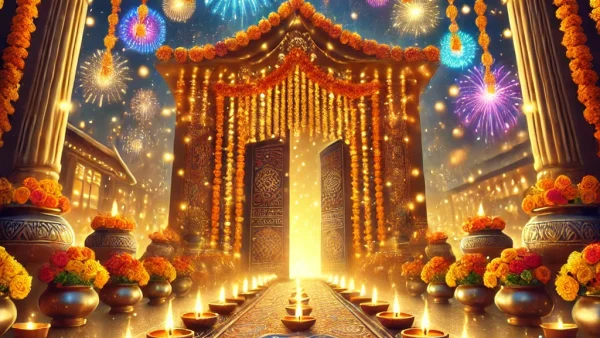
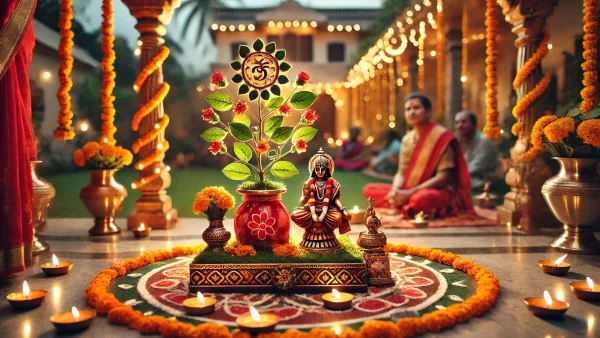
Leave a comment